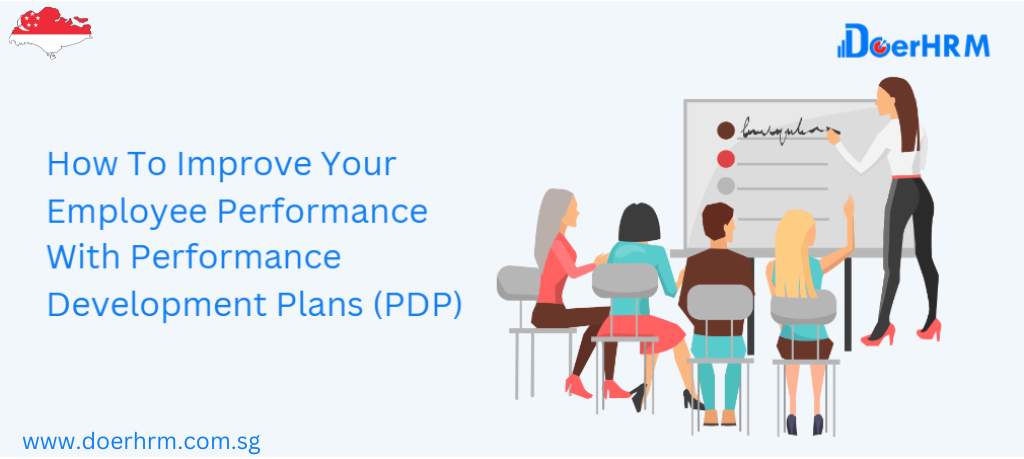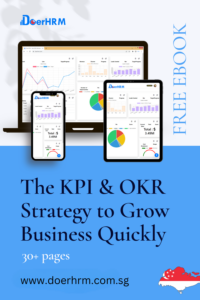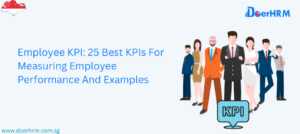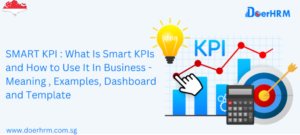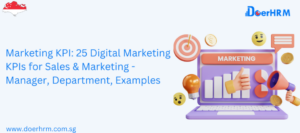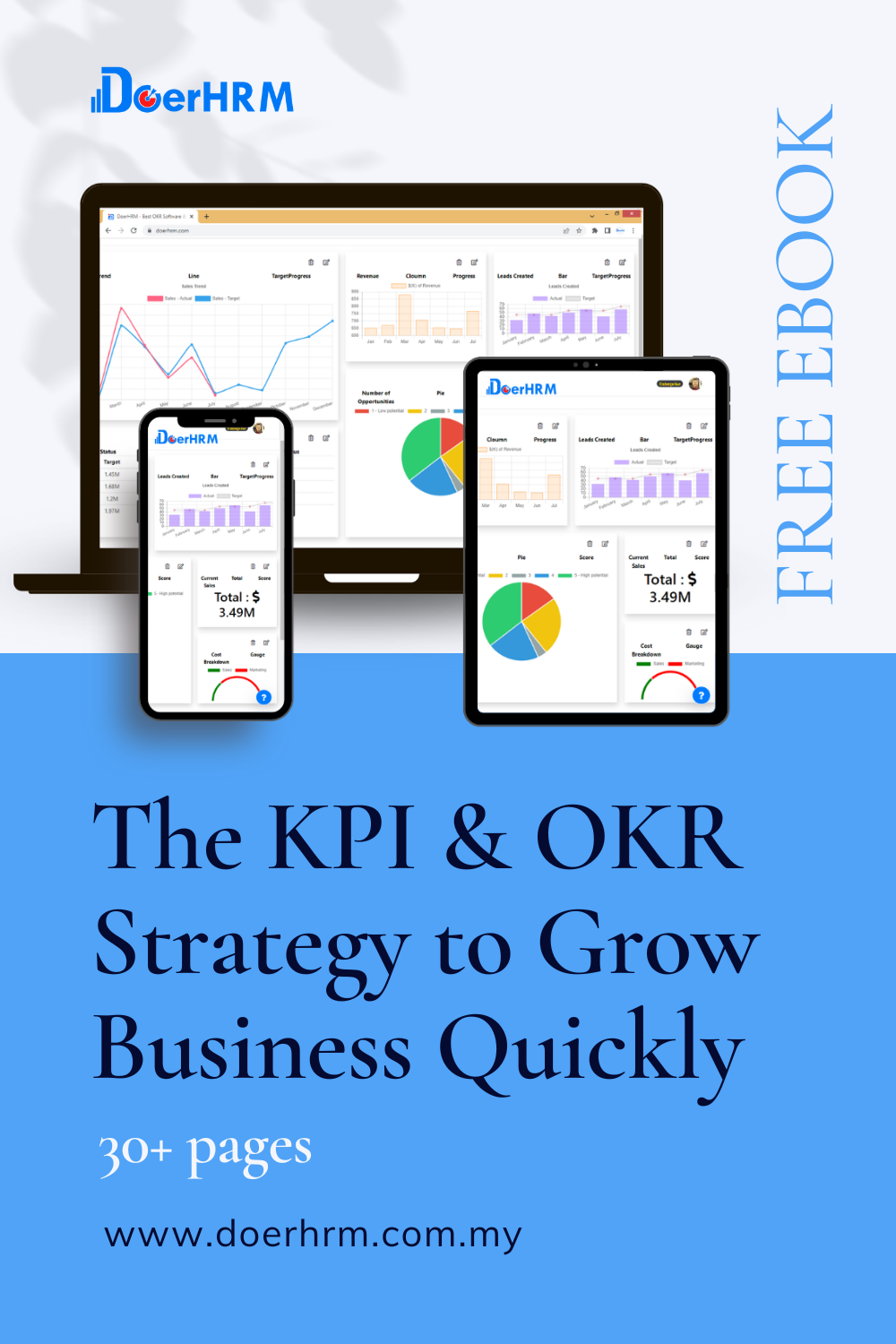For your company to thrive, acknowledging the importance of Performance Development Plans is crucial, and this responsibility falls on every manager.
A meticulously crafted performance plan serves as a priceless coaching tool for managers aiming to enhance productivity and job satisfaction. To foster a highly engaged workforce and achieve top-level productivity, careful attention to the Performance Development Plan (PDP) process is essential.
However, it’s important to recognize that employing the same professional development strategy for all employees may not be suitable.
How can Performance Development Plans make people do better?
Studies and research on employee performance and engagement have shown for years that a personalised approach to managing performance makes employees happier and more engaged. As part of the PDP process, managers should give their employees timely feedback about their accomplishments and ways they can improve. This will help keep them interested in their jobs.
Gallup also found that employees are on average 8% more productive and 6 times more engaged when they are allowed to use their strengths every day. The best way for managers to find out what an employee’s specific strengths are is to give them a personalised development plan that lets them work toward the career goals and workplace goals they’re most passionate about.
A big drop in productivity and quality of work is one of the first clear signs that an employee is losing interest in their job. A performance plan helps disengaged employees by giving managers a better idea of how they usually do their jobs. This lets managers help newly disengaged employees before they become at risk of leaving their job.
People often say that employees don’t quit their jobs, they quit their managers. Gallup has found that 70% of the difference in employee engagement scores can be traced back to the employee’s manager. This shows how important it is for managers to support their employees and their passions. That’s why managers should be encouraged to help employees do well at work by using personalised development plans.
What Should Be in a Performance Development Plan?
If you have managers who don’t know how to write a PDP, the steps below can help them figure out what makes a good performance plan.
Individualizing Your PDP Process
One of the most important things managers can do in their performance management process is to make sure each employee has a personalised performance plan in place. That starts with managers talking with their employees about their career goals, aspirations, strengths, and areas of improvement before a performance plan is established.
Once managers know what their employees want to achieve and improve, as well as their personality type and how they like to be managed, they can start to work with their employees on a more personal level.
Business Goals
The needs of the people who work for your company also need to be in line with its goals and objectives. When you or your managers go through the PDP process, you need to know what the company wants, both now and in the future.
If you and your managers know what changes your company wants to make, you can put employees in roles that suit them. For example, if your company is planning to open new locations and a manager knows that one of their employees wants to lead a sales team, then their performance plan can be changed to include leadership training and development.
Figuring out what employees need
One of the biggest mistakes that managers make with performance management plans is that they often mistake potential, willingness, and readiness. In other words, they might think that an employee who could move into a certain role is also willing to do so, or that an employee who is ready for more training has the potential to get better.
For any changes to make a difference, employees need to be willing, ready and have the ability to succeed. Managers can use this information to figure out what training or development an employee needs to reach their career goals.
Pathways for Training and Development
Once managers know what their employees’ goals are and have a better idea of where they are in their careers, the next step is to figure out what training and development that employee needs to succeed.
People often think that training and development are expensive things to do. In some industries, training from outside experts is very helpful, but in others, employees may benefit just as much from support from within the company.
But no matter what training and development solutions are put in place, employees need to be interested and willing to learn. Because of this, it’s important to give employees opportunities that match their personalities and skills.
Training and development should also fit the goals and objectives of the company. If the company needs more senior, qualified staff or has openings for more management positions, employees who are willing and ready to go through this training should be encouraged to do so.
Goals for Each Person
Managers must use a performance development plan to set individual goals for each employee. This is true whether the employee has a lot of behaviours that need to be fixed or is a star who wants to take on a bigger challenge.
SMART goals, or goals that are: Specific, Measurable, Achievable, Realistic, and Timely, are a method that has been tried and tested.
Even though it’s possible that some companies have goals that aren’t always personalised like when employees are expected to perform at a certain level, SMART goals should be personalised to have the most impact.
This not only helps an employee do their job better by giving them the drive to reach their goals, but it also shows that the company is willing to invest in their future.
Schedules and Due Dates
Every good performance plan needs to say when employees are expected to do a better job. The SMART goals that managers set should have specific deadlines, but the overall performance plan needs to talk about other things, like when managers will check in with their employees and when training will happen.
Employees should also be aware of any important dates in their performance plan. Depending on the training and development that is in place, these dates could include tests, events outside of work, or presentations.
A personal development plan with detailed information about timeframes and deadlines helps both employees and managers stay on track during the PDP process.
Conclusion
Enhancing employee performance in the workplace is effectively achieved through personalized performance plans. It is imperative for managers to ensure that these plans are tailored to individual needs, encompassing not just company objectives, but also employee goals, personality traits, management preferences, and the eagerness to improve.
There are numerous approaches to enhance employee job performance, and managers should explore innovative methods for training and development. For instance, some employees may not excel in traditional testing scenarios but could show greater interest and improvement by shadowing a colleague.
No matter what kind of personalised performance development plan a manager chooses, they need to make sure that they talk about it with their employees on a regular basis. Not only is this a great way to get to know their employees better, but it also helps them deal with any problems as soon as they come up.
